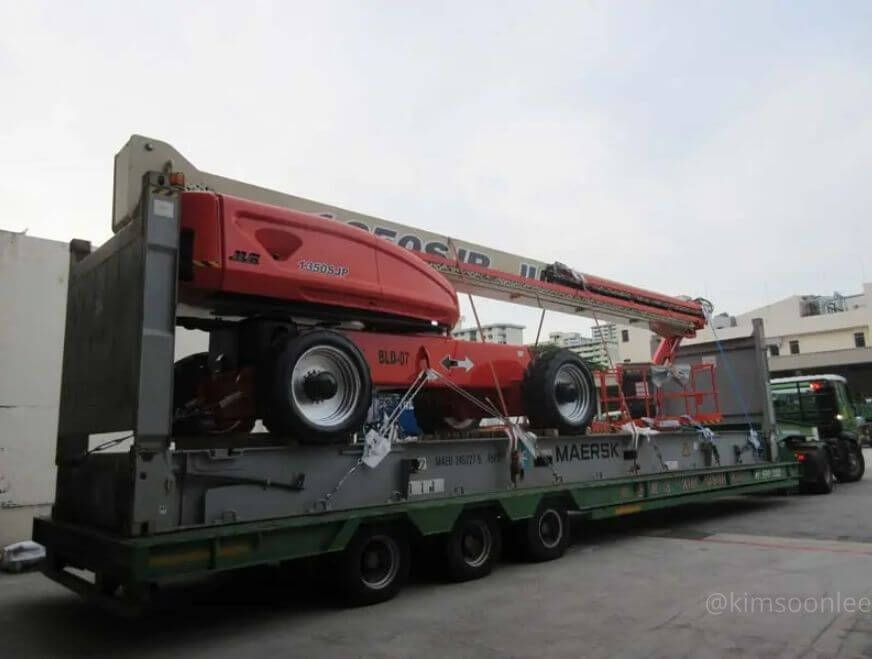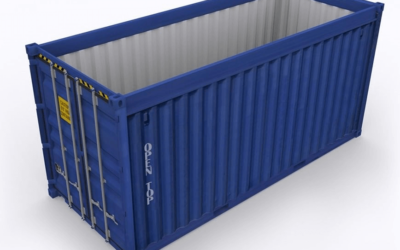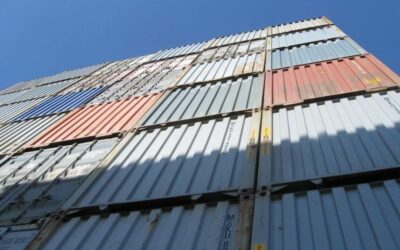What is Flat Rack Container: The Ultimate Guide
Table of Contents
With the introduction of new container types, global freight shipping has become more efficient. Ships can be loaded with stacks of containers rapidly, expanding the transporting limit of the vessels.
A flat rack container is no exemption. You can use it for specific purposes like transportation or storage. A flat rack container is not much different from the standard holder. There are just two exceptions.
- It does not have the two side walls
- It does not have a rooftop
It has a strong base and two walls that give it the rack’s look; it is where the flat rack container got its name.
So, what are they really?
Flat racks comprise a floor structure that has a high loading limit. The container comprises
- A steel structure.
- The ground is made out of softwood.
- Two fixed or foldable end walls.
The end walls are adequately steady to permit load securing means to be connected and a few flat racks to be stacked on top of each other.
Flat rack container’s unique feature is that they have a high loading limit with lashing rings installed on the side rails. Besides that, these containers being intermodal, are easier to load and unload with cranes. These then are loaded on the truck or trains for further shipping.
Once you have decided to ship your products through flat rack containers, the next thing to do would be to choose from its two types i.e.
- Collapsible containers
- Non-collapsible containers
Also Read
| Open Top Container | Hard Top Container |
| Platform Container | Insulated Shipping |
| Reefer Container | Pallet Wide Containers |
| Intermediate Bulk Container | Ventilated Container |
| Dry Container | Tank Container |
Types of Flat Rack Containers
There are two major types of flat rack containers dependent on their structure and support. With these two types and measurements of containers, each kind has its particular reason and serves a specific purpose.
Collapsible Flat Rack Container
The collapsible flat rack has walls at both ends. You can flatten down these walls when you do not want to use them. For this, you can either separate or collapse them down on to the base of the container.
Where can you use them?
As these containers have no vertical height, these units are convenient for freight storage. A fascinating reality is that when loaded in the collapsed way, almost four flat racks can place in the space equal to that of a single standard container.
Collapsible walls
Collapsing the walls is usually not challenging, but the degree of ease differs from one container to another. The walls are there to serve the purpose of providing strength. But the collapsible wall does not disperse the force and weakens the structure. In this way, you should use collapsible containers carefully.
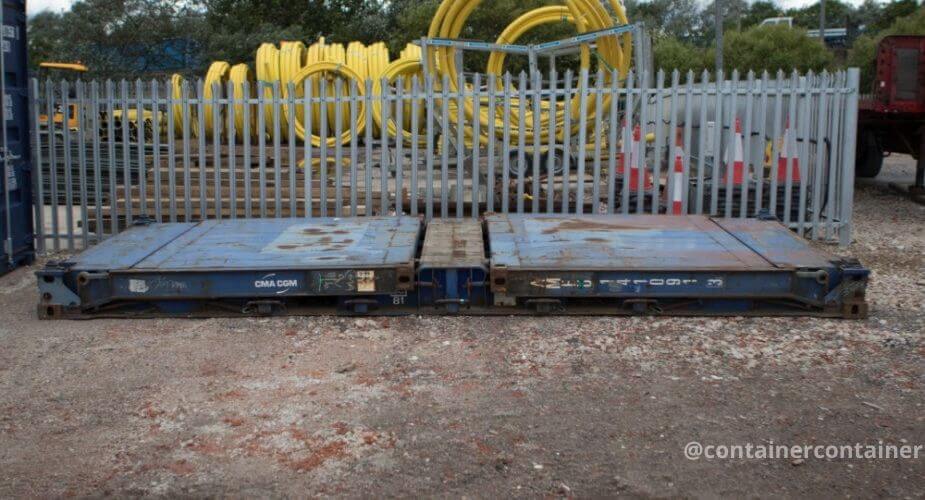
Non-collapsible Flat Rack Container
Non-collapsible flat racks have firm walls that cannot be separated. They are a lot more strength and stiffness than collapsible containers.
Where can you use them?
They offer simpler ways to transport products as the freight weight can be borne by the walls and dispersed to the floor.
Stowing
In any case, stowing can be an issue since it takes up a considerable amount of room if it’s not being used. It is the only inconvenience with regards to using the non-collapsible flat rack container.
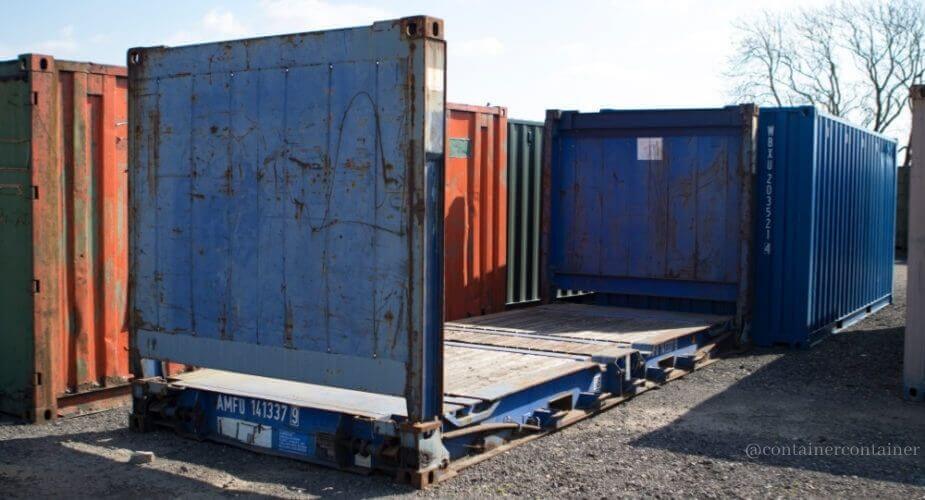
Why and where We Need Flat Rack Container?
You must be thinking, how you can use a flat rack container with all these unique features. You can use them in the transportation or storage of freight with distinct measurements.
The freight is secure with various lashing rings installed in the side rails, the corner posts, and the floor. The lashing rings can load up to
A few kinds of 20′ flat racks have forklift pockets, and 40′ flat-racks have gooseneck tunnels at each end. Moreover, you can also equip them with lashing cranes with two metric ton lashing belts.
Flat-racks have sidewalls on the short side of the container, the bulkheads. In this way, the freight can stand out on the side of the holder during transportation. For transport of certain cargoes, flat-racks might have support.
Standard Heights of Flat Rack Container
There are various types of containers. Depending upon the size of the payload that you want to ship, you can pick 20 feet or 40 feet Flat Rack Container.
Generally, the measurements of these two kinds vary in terms of length and width. The heights are frequently the same. We have discussed the significant specifications for Flat-Rack containers below.
Following the ISO standards, flat racks come in 20′ and 40′ sizes.
20ft Flat Rack Container
Dimensions
| External measurements | Internal measurements | Doorway | |
| Length: | 6058 mm | 5570 mm | |
| Width: | 2438 mm | 2210 mm | 0 mm |
| Height: | 2591 mm | 2210 mm | 0 mm |
Specifications:
| Tare weight | Payload capacity | Gross weight | Cubic capacity |
40ft Flat Rack Container
Dimensions
| External measurements | Internal measurements | Doorway | |
| Length: | 12192 mm | 11730 mm | |
| Width: | 2438 mm | 2210 mm | 0 mm |
| Height: | 2591 mm | 2210 mm | 0 mm |
Specifications:
| Tare weight | Payload capacity | Gross weight | Cubic capacity |
| 5,000 kg | 40,000 kg | 52,500 kg | 62.2 m3 |
How you can Use a Flat Rack Container to Manage Cargo effectively?
Flat rack containers are particularly appropriate for heavy loads and freight required to be loaded from the top or sides, for example, high machinery and huge pipes. Let’s now move towards understanding its structure and features.
Flat Rack Containers are a type of specialized container having walls at the short end of the container. It is the reason that you can use these containers when you can only load the shipment from the top or sides because of various measurements or unusual shapes.

The floor has a solid base having a steel frame that increases its loading limit. The end walls of the flat rack container can either be fixed or flexible. They are sufficiently steady to allow the freight fixing-means to be attached and load several flat racks on one another.
You can use flat-rack containers for the delivery of heavy freight. These products may include equipment, wood, pipes, vehicles, boats, and so forth that do not fit inside standard containers and stick out through open sides.
